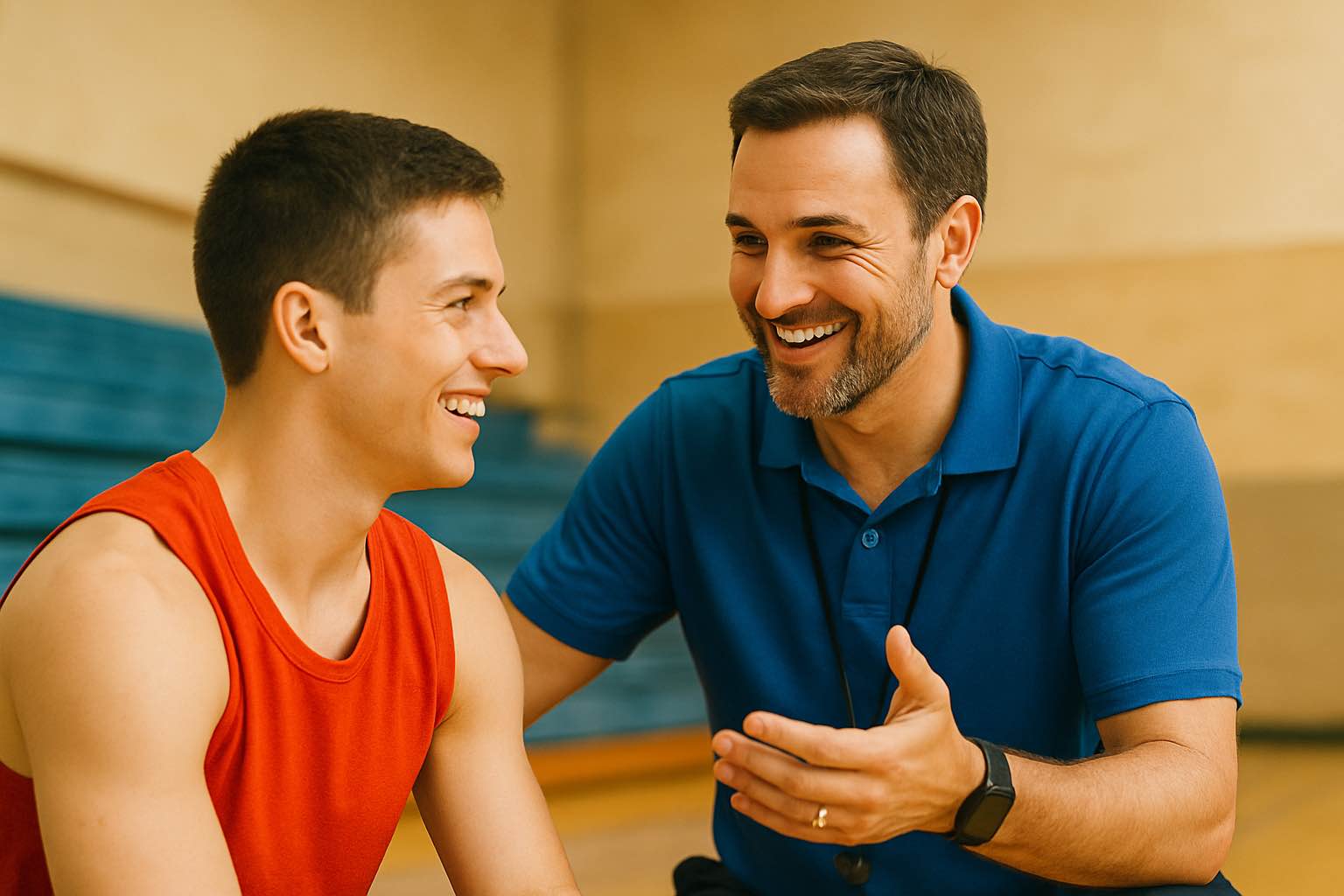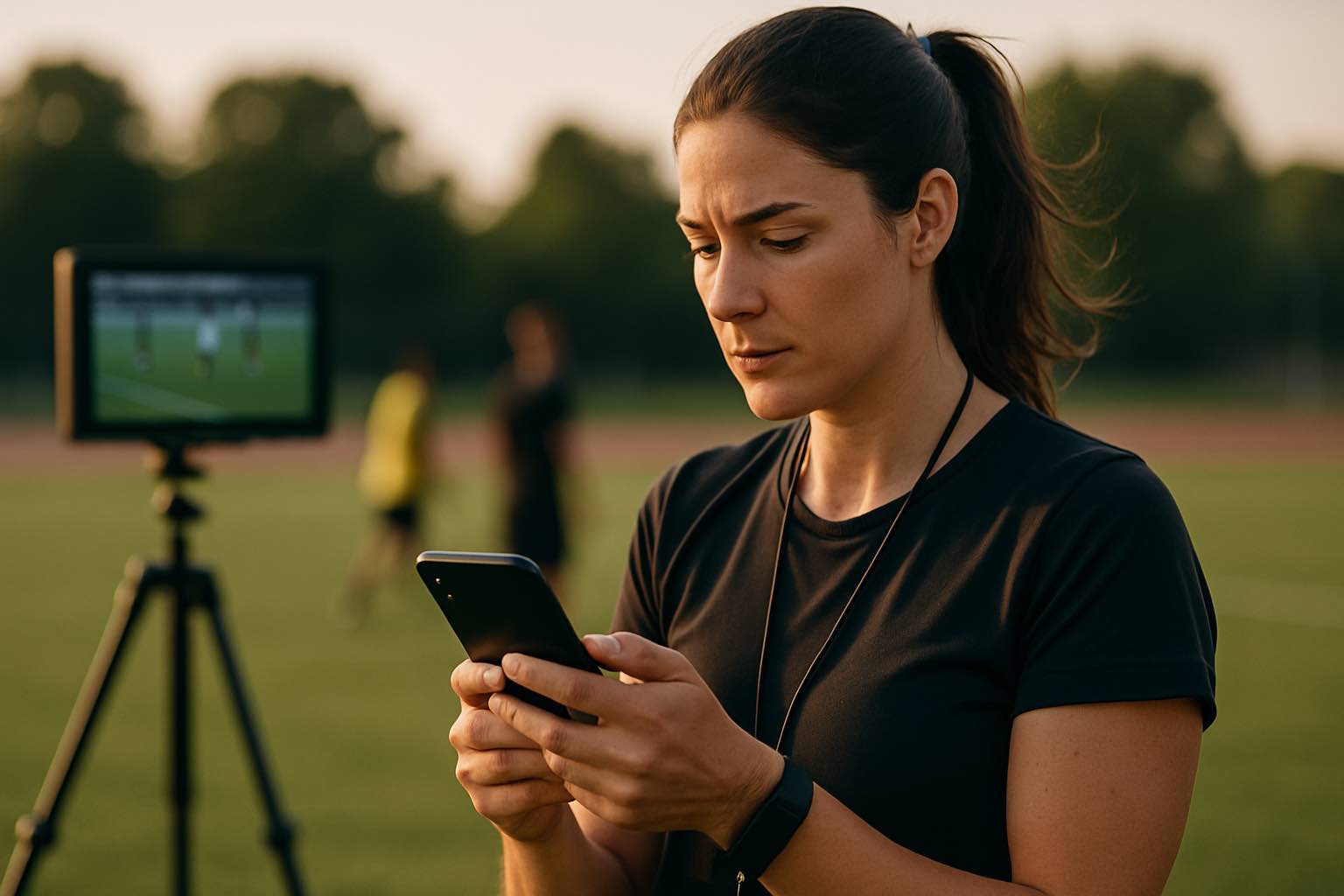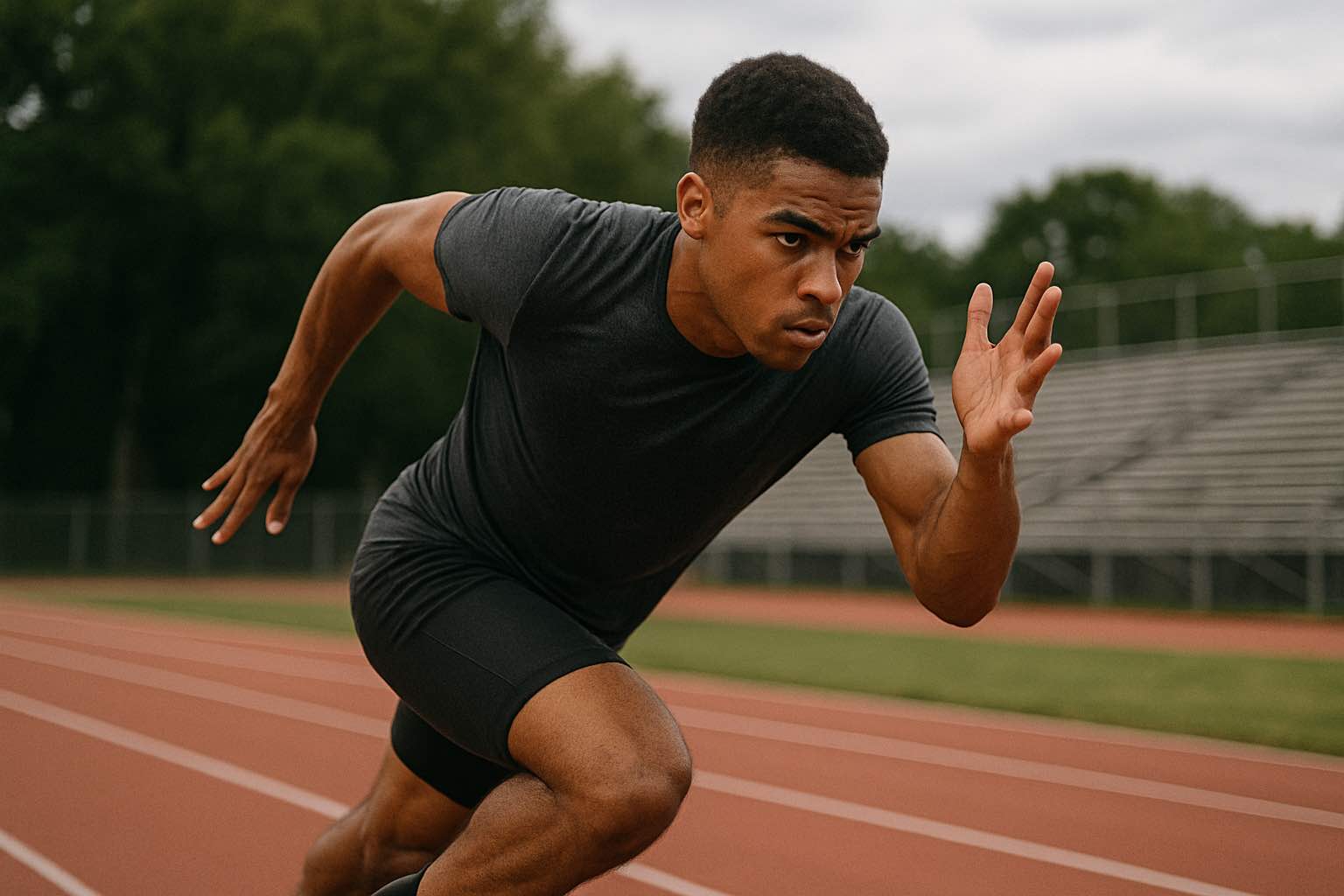A Coach's Playbook for Tough Feedback: Ditch the Sandwich, Build Resilience
As coaches, our words are one of the most powerful tools we have. We use them to build, motivate, and push athletes to achieve what they once thought was impossible. But this journey inevitably involves tough conversations.
Delivering constructive criticism that inspires growth instead of resentment is one of the most challenging skills to master. Many of us were taught methods that are outdated and ineffective. It's time for a new playbook, one grounded in psychology and proven in practice.
The #1 Mistake: Why the "Feedback Sandwich" Is Failing Your Athletes
You know the recipe: start with praise, slide in the criticism, and top it off with more praise. It's the "Feedback Sandwich." While it's meant to soften the blow, it often does more harm than good.
Here’s why it fails:
- It Erodes Trust: Athletes are smart. They quickly learn that praise is just a warm-up for the "but..." This "praise dread" makes them suspicious of every compliment you give. [32]
- It Confuses the Message: The mix of positive and negative feedback can leave an athlete wondering, "So, was that good or bad?" The primary goal of feedback—clarity—is lost. [23]
- It Feels Inauthentic: The formulaic nature of the sandwich can feel manipulative, creating a barrier to the genuine, trusting relationship you need to foster peak performance. [31]
Effective coaching isn't about making the coach feel comfortable; it's about giving the athlete a clear, actionable path to improvement.
The Science of Feedback: Threat vs. Reward
To give better feedback, we need to understand how an athlete's brain receives it. Every interaction is subconsciously sorted as either a threat or a reward.
When feedback is delivered poorly—with anger, frustration, or vague judgment—it triggers the brain's threat response. [1] This shuts down the prefrontal cortex, the part of the brain responsible for learning and reflection. [3] An athlete in a threat state can't learn; they can only defend, argue, or withdraw.
Conversely, well-delivered, specific feedback creates a reward response, releasing dopamine that reinforces behavior and boosts motivation. [6] Your goal as a coach is to keep your athletes in a learning state, not a threat state.
A Better Playbook: Two Frameworks for Clear, Actionable Feedback
To avoid triggering a threat response, you need structured, objective frameworks. These models remove judgment and focus on the facts, making feedback a tool for growth, not a personal attack.
1. The SBI Model: For Objective, In-Depth Feedback
The Situation-Behavior-Impact (SBI) model is the gold standard for addressing a specific action with clarity and respect. [1]
- (S) Situation: Pinpoint the exact moment. When and where did it happen?
- (B) Behavior: Describe the specific, observable action. What did the athlete do?
- (I) Impact: Explain the tangible result of the behavior. What was the effect on the team, the play, or the drill?
But don't stop there. To make it a true coaching moment, turn your monologue into a dialogue by asking about (I) Intent.
After explaining the impact, ask a simple, powerful question: "Can you walk me through what you were seeing on that play?" [36]
This single question transforms the entire dynamic. It shows respect, invites collaboration, and helps you understand the "why" behind their action, turning a critique into a trust-building conversation.
2. The EEC Model: For Direct, Quick Corrections
Sometimes, you need a simpler, more direct tool, especially during a fast-paced practice. The Example-Effect-Change (EEC) model is perfect for this. [41]
- (E) Example: Give a concrete example of the behavior.
- (E) Effect: Explain the immediate consequence.
- (C) Change: State the desired change clearly.
Frameworks in Action: A Quick-Reference Table
| Model Name | Primary Use Case | Core Principle | "What to Say" Example |
|---|---|---|---|
| SBI(I) | In-the-moment behavioral analysis | Objectivity & Dialogue | (S) "In the final sprints..." (B) "...I observed you were jogging." (I) "The impact is our team's energy drops." (I) "What was going on for you then?" |
| EEC | Direct, corrective guidance | Simplicity & Action | (E) "On that last shot..." (E) "...your elbow flared out, causing the miss." (C) "Let's focus on keeping that elbow tucked." |
Beyond the Framework: Adapting to Your Athlete
The best coaches are "communication chameleons." They know that a one-size-fits-all approach doesn't work. Just as you tailor workouts, you must tailor your feedback to the personality of the athlete in front of you. [8]
Here’s a guide to adapting your style:
| Athlete Archetype | Likely Reaction to Criticism | Recommended Coaching Strategy |
|---|---|---|
| The Perfectionist | Sees any flaw as a total failure; may become overly self-critical. | Use the GROW model (Goal, Reality, Options, Will) to focus on future solutions, not past errors. Frame feedback as "experiments." [12] |
| The Highly Sensitive Athlete | May feel personally attacked or become emotional. | Use the SBII model to keep it objective. Ask for permission first: "Is now a good time to chat about something I noticed?" |
| The Overconfident Athlete | May dismiss or argue with feedback. | Use hard data or video with a direct SBI/EEC model. Focus on the undeniable impact on team outcomes. "Let's look at the video. What do you see?" |
| The Novice Athlete | Can be easily overwhelmed; lacks the knowledge to self-correct. | Use frequent, simple EEC feedback. Focus on one skill at a time and provide lots of positive reinforcement for small wins. |
Your New Playbook for the Hardest Conversations
The toughest conversations are usually the ones that matter most. By moving beyond the flawed "feedback sandwich" and adopting a structured, empathetic approach, you can transform these moments into powerful catalysts for growth.
Key Takeaways for Your Next Coaching Session:
- Be Direct & Objective: Ditch the sandwich. Use frameworks like SBI and EEC to focus on facts, not judgment.
- Make It a Dialogue: Always end with a question. Involve the athlete in their own learning process to build their "inner coach." [23]
- Adapt Your Approach: Read the player. Adjust your delivery to match the individual to ensure the message is truly heard.
- Check Your Own Emotions: Never give feedback when you are angry or frustrated. If you're in a "threat state," it is, by definition, a non-teachable moment. [25]
Mastering this skill won't just make you a more effective coach—it will build a foundation of trust and resilience that empowers your athletes to meet any challenge head-on.



